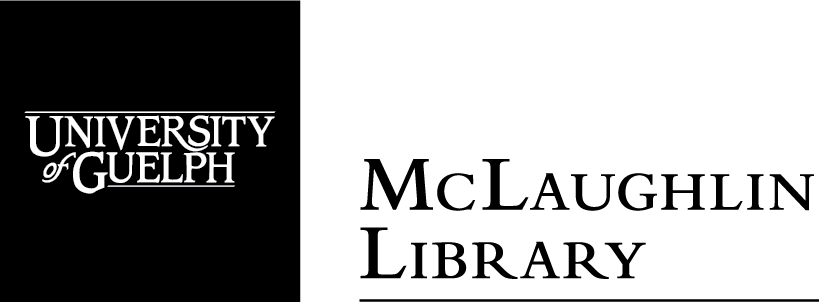Log in to Scripto | Recent changes | View item | View file
Laura Robinson/Sills Diary, 1901
Laura Robinson Sills Diary, 1901_02.pdf
« previous page | next page » |
Current Page Transcription [edit] [history]
HOW THE UNION JACK IS MADE
In regard to proportion, the Union Jack is twice as long as it is broad. By referring to cut it will be seen that it is made 60 units long by 30 broad.
As the flag is not printed in color, letters have been placed to denote what colors, stripes, and fields are- 1 represents white, 2 blue, and 3 red.
These are three Crosses used to make the Union Jack, namely, the Red Cross of St. George, White Cross of St. Andrew, and the Red Cross of St. Patrick.
The Red Cross Banner of England (St. George) is claimed by some to have been adopted by Alfred the Great, when in 897 he founded the Royal Navy, and on the Union of England and Scotland in 1707, it was superimposed, or placed on the Scottish flag, which was the White Cross of St. Andrew on a blue ground. Of course if the whole English flag had been so placed it would have completely hidden the other, and so only a narrow strip of the English white "field" was retained about the edges of the Red Cross, to show what the field was, and also because it is one of the rules of heraldry that color should not be placed upon color.
When the flag of St. Patrick, representing Ireland, was brought into the combination in 1808, as the Crosses were the same in shape and size, the difference being only in color, it was decided to divide them into strips, placing them side by side, the St. Andrew's being one-half of its former width, and St. Patrick's one-third. Scotland is the senior of these two countries, so in the left-hand upper corner the white strip, representing St. Andrew, is uppermost, but alternates with that of ST. Patrick in the others
Transcription Tips
- Follow the example of transcribing provided in the first few PDF files of this diary.
- Click Edit when you’re ready to start transcribing.
- Click Detach to move the transcription box to a convenient location.
- Copy the text as it is, including misspellings and abbreviations.
- Start each new day with a new line. Otherwise ignore spacing and alignments.
- Use toolbar heading options for any headings in the text, i.e. diary titles.
- Use toolbar table generator for any tables in the text, i.e. finance records.
- Use toolbar comment option to add your own comments, i.e. illegible text or uncertain names or description of drawings.
- Use toolbar stroke through text option to transcribe crossed-out text.
- When done press "Save Transcription" to save your work.
- Note: If a line on one page appears to carry over on the same line on the next page, please check the next page and (if applicable) transcribe both pages together as if they are one page. Type your unified transcription under the first of the two pages.
- View more transcription tips.(Opens in new tab)

